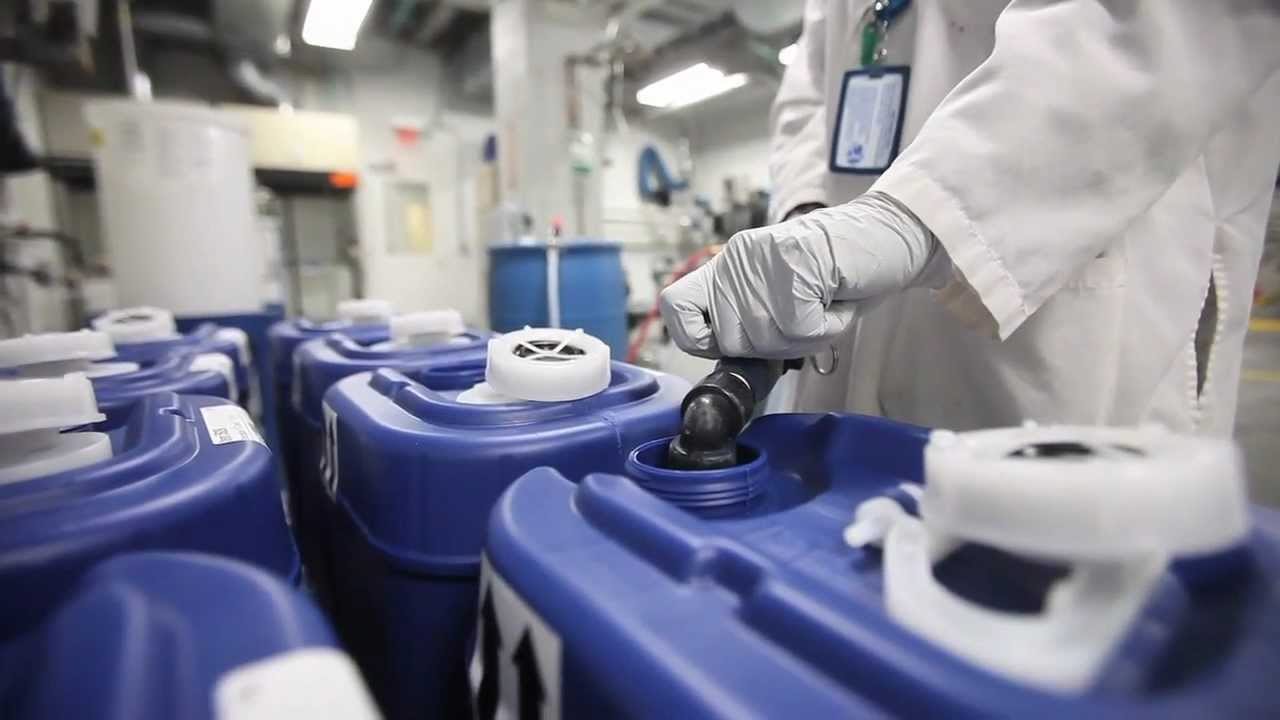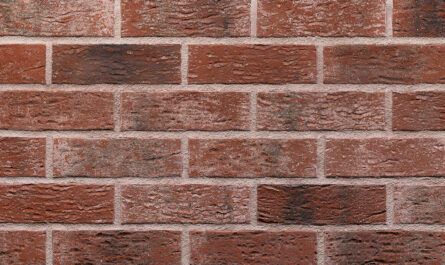Introduction
Chemical mechanical planarization (CMP) slurry is a critical material used in the manufacturing of modern semiconductors and microchips. As device sizes continue shrinking to the nanoscale, CMP slurry plays an increasingly important role in the fabrication process to produce ultra-smooth and precise surfaces on silicon wafers. In this article, we will explore what CMP slurry is, how it works, and delve deeper into the various components that make up this essential tool in the semiconductor industry.
What is CMP Slurry?
CMP slurry refers to a specially formulated liquid solution that is used in the chemical mechanical planarization process during the manufacturing of semiconductor devices. It consists of an abrasive material such as silicon dioxide or cerium oxide particles suspended in an acidic or alkaline medium along with other additives. During the CMP process, slurry is applied to the wafer surface along with a polishing pad and polishing pressure is exerted to flatten, polish and remove excess material.
The abrasive particles in the slurry help provide the “mechanical” component of the CMP process, while the chemicals in the solution aid in the “chemical” removal of material. By combining chemical reactions with mechanical abrasion, CMP slurry is able to planarize surfaces with extreme flatness and precision at an atomic level. This enables the fabrication of highly complex semiconductor devices with multiple layers of interconnecting circuits.
Components of CMP Slurry
To gain a better understanding of how CMP slurry works, it is important to understand its key components in detail:
Abrasive Components: The abrasive particles, usually between 20-200 nm in size, provide the mechanical grinding and polishing action. Common abrasives include silica, ceria, alumina and zirconia. Their size, shape, concentration and hardness are optimized for the material being polished.
Oxidizing/Corrosive Agents: Chemicals like hydrogen peroxide help dissolve and etch away material at an atomic level, facilitating faster removal rates. They oxidize the surface being polished.
Buffering Agents: Compounds like KOH or ammonia are used to maintain and control the pH of the slurry solution. This ensures corrosion and removal occurs in a uniform manner.
Surfactants: These additives help reduce Van der Waals forces and prevent the agglomeration and settling of abrasives. They maintain abrasives in suspension and support consistent polishing.
Other Additives: Less than 1% of other components may be added for functions such as avoiding scratches or corrosion, or improving the storage stability and shelf life of the slurry.
Tuning CMP Slurry Composition
Given the complex composition of CMP slurries, their formulation requires extensive research and development to precisely tune the recipe based on the material to be polished. Even small variations in characteristics like –
– Abrasive size, shape, concentration
– Oxidizing/corrosive agent type and concentration
– pH and pH buffer levels
Can significantly impact the polishing performance in terms of removal rate, surface quality and uniformity. Extensive testing and characterization is conducted to optimize slurry for the desired applications. The composition may even vary during a single CMP process to polish different layers or meet stricter specifications.
Applications
With its ability to remove surface material at an atomic level while leaving a super-smooth finish, CMP slurry finds wide use in several critical steps during semiconductor manufacturing:
– Interlayer dielectric (ILD) CMP: To level and planarize the insulating oxide layers between interconnects prior to via and contact formation.
– Stopping layer CMP: Polishing through the barrier and insulating layers to expose the underlying conductive material.
– Copper damascene CMP: Removing excess copper to isolate interconnects after filling circuit patterns in dielectric layers.
– Polishing Silicon: Achieving an ultra-flat surface on silicon wafers is critical prior to circuit patterning and fabrication.
– Post-etch CMP: Removing residues from patterned polysilicon, nitride, oxide after etching steps.
– Post-CMP cleaning: Slurry is also used to clean and remove particles after CMP processing.
As devices continue scaling to ever smaller dimensions, the need for highly optimized CMP slurries tailored for specific applications will become more important. Their role in enabling Nanofabrication will continue to be integral.
Environmental and Safety Issues
While CMP slurry helps manufacture powerful yet compact chips, some environmental and health concerns exist around its use and disposal that industry and researchers aim to address:
– Slurry waste contains abrasives and chemicals that require proper treatment before disposal to minimize pollution.
– Exposure to its mist and dust during CMP may impact worker health, requiring controlled environments.
– Alternative “greener” slurry formulations using renewable and biodegradable components are being developed.
– Slurry recycling techniques extract usable abrasives from waste to cut down on environmental impact.
Conclusion
In summary, CMP slurry is a vital enabling material that helps create the incredibly sophisticated semiconductor devices powering our technology-driven world. Through its precisely tuned chemical and mechanical polishing characteristics, it delivers the ultra-planar surfaces needed for advanced chip fabrication. As device technologies push the boundaries of miniaturization, CMP slurry will remain indispensable and continue evolving to support next-gen manufacturing requirements with high precision and environmental consciousness.
*Note:
- Source: Coherent Market Insights, Public sources, Desk research
- We have leveraged AI tools to mine information and compile it



